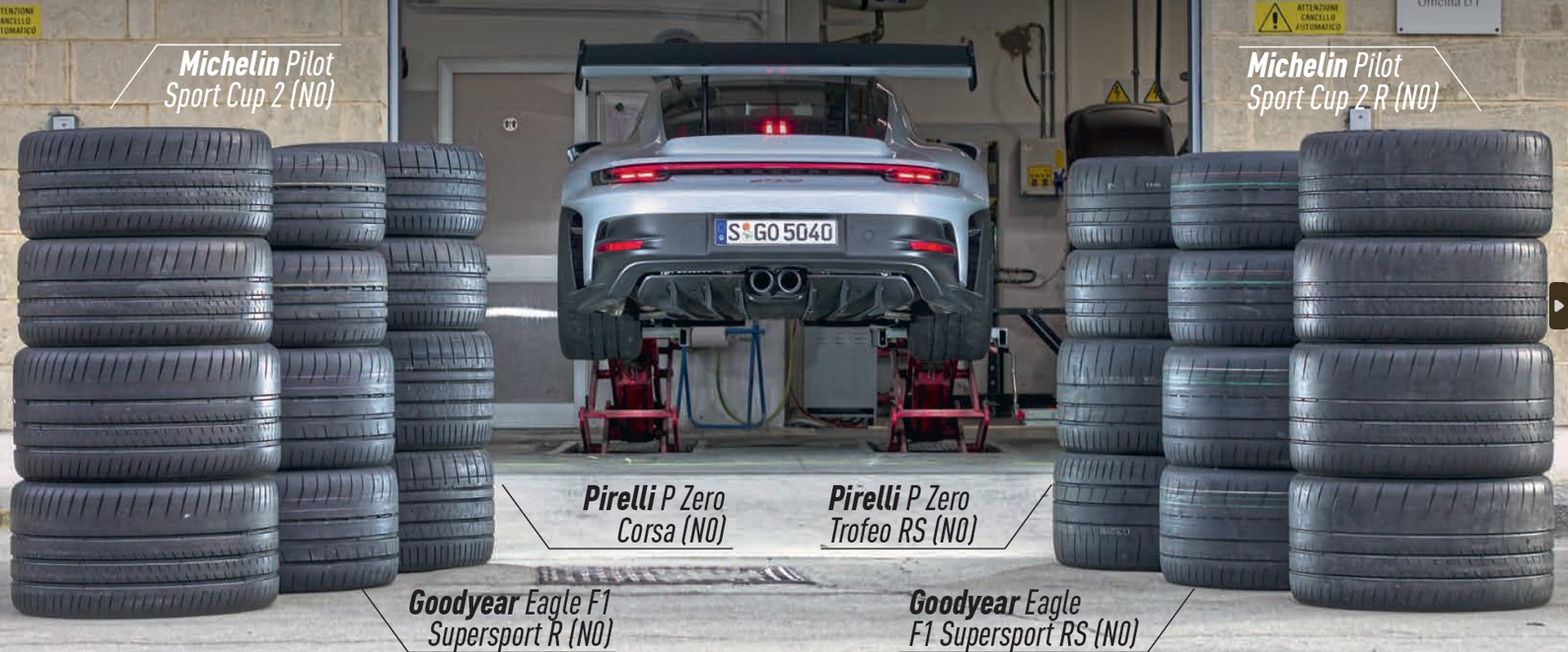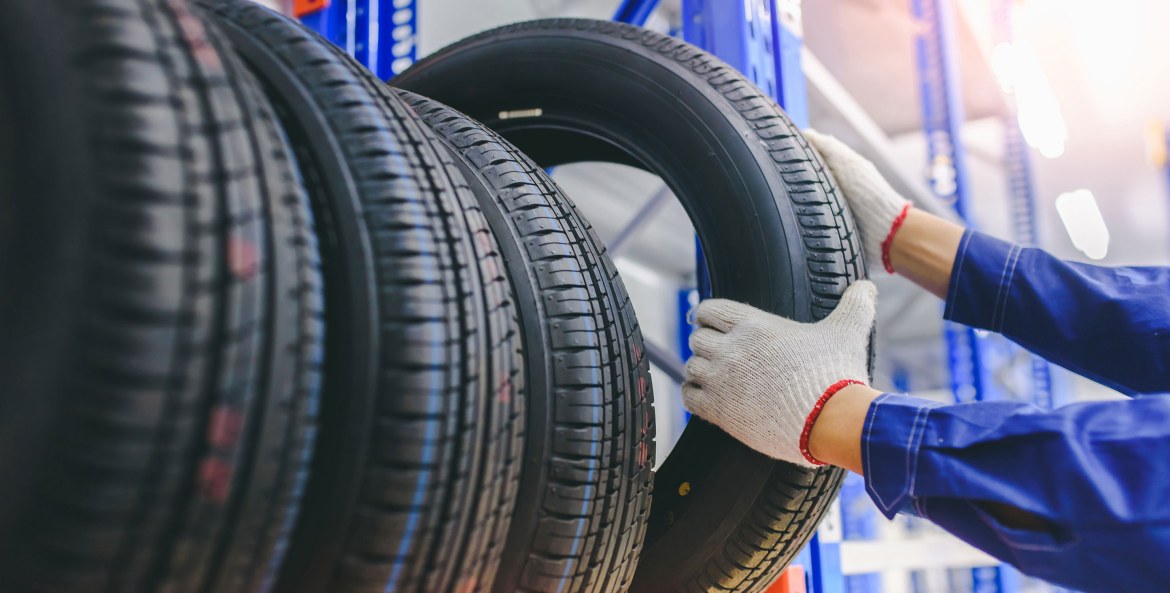All Categories
Featured
Table of Contents
The Michelin supplied a comfy driving experience, qualified by responsive guiding and a progressive understeer equilibrium. Despite the cooler screening problems, Michelin's constant time and hold over three laps shows its suitability for real-world applications. Alternatively, Yokohama's performance was distinctive. While its super-quick guiding caused a fast front axle turn, the back revealed a tendency to swing a lot more.
The tyre's initial lap was a 2nd slower than the second, pointing to a temperature-related hold rise. For everyday use, the Michelin might be a safer bet.
Leading Tyre Servicing Near Me
It shared Michelin's risk-free understeer equilibrium yet lacked the latter's willingness to transform. Continental and Goodyear's performances were remarkable, with Continental's brand-new PremiumContact 7 showing a significant improvement in damp problems compared to its precursor, the PC6. This version was much much less sensitive to fill changes and behaved similar to the Michelin, albeit with slightly much less communication at the restriction.
It incorporated the risk-free understeer balance of the Michelin and Continental with some flashy handling, confirming both foreseeable and quick. As an all-rounder for this Golf GTI, Goodyear's Uneven range was the standout, showing impressive performance in the wet. Lastly, the Bridgestone Potenza Sporting activity took the crown as the fastest tyre, albeit by a small margin.
Drivers looking for an interesting damp drive could discover this tire worth considering. The standout entertainer in wet braking was the newest tyre on test, the PremiumContact 7, though the outcomes are nuanced.
Best Cheap Tyres
Ideally, we wanted the cool temperature level test to be at around 5-7C, yet logistical hold-ups implied we examined with an ordinary air temperature of 8C and water at 12C. While this was cooler than basic examination conditions, it was still warmer than real-world problems. The cozy temperature examination was done at approximately 18C air and 19C water.
The 3rd run entailed wet braking examinations on worn tyres, particularly those machined to 2mm with a tiny confrontation. While we intended to do more with these worn tires, weather restrictions restricted our testing. However, it deserves noting that wet stopping is most crucial at the worn state, as tyres generally enhance in dry problems as they put on.

Bridgestone, Goodyear, and Michelin saw the least performance decrease when used. The Hankook tire registered the smallest performance decline as temperatures cooled, however it was amongst the most influenced when put on.
Reliable Wheel Alignment Services – Swan 6054 WA
The take-home message below is that no single tire stood out in all facets of wet stopping, suggesting a complex interaction of variables influencing tyre performance under various conditions. There was a standout tire in aquaplaning, the Continental completed top in both straight and curved aquaplaning, with the Michelin and Goodyear likewise great in deeper water.

Yokohama could gain from slightly even more hold, a problem possibly affected by the colder conditions. When it comes to taking care of, all tyres done within a 2% array on the lap, showing their high-quality efficiency (Tyre rotation). However, thinking about these tires essentially target the exact same consumer, it interests observe the substantial distinctions in feel.
The shock is since the PremiumContact 6 was among my favourites for sporty completely dry drives, however its follower, the PremiumContact 7, appears elder and resembles Michelin's performance. Among these, Hankook was the least exact in guiding and interaction at the limitation. Tyre tuning. Both Michelin and Continental offered lovely first guiding, albeit not the fastest
If I were to advise a tire for a fast lap to a newbie, state my papa, it would be just one of these. We have the 'enjoyable' tyres, namely Yokohama and Bridgestone. Both were quick to guide and really felt sportier than the others, however the trade-off is a much more spirited back side, making them extra difficult to manage.
Honest Vehicle Tyres
It offered comparable guiding to Bridgestone however supplied far better responses at the limit and better grasp. The Bridgestone Potenza Sport, however, seemed to weaken fairly promptly after simply three laps on this requiring circuit. There's Goodyear, which placed itself someplace in between the enjoyable tyres and those tending in the direction of understeer.
All in all, these tires are exceptional performers. In terms of tyre wear, the technique made use of in this test is what the sector refers to as the 'gold requirement' of wear.
Both the Bridgestone and Yokohama tires considerably underperformed in comparison to the other four tyres in terms of rolling resistance, with Continental a little exceeding the rest. Concerning the comfort degree of the tires, as anticipated, a lot of demonstrated an inverse relationship with handling. The Continental, Michelin, and Goodyear tyres carried out finest across various surface area kinds examined.

Bridgestone began to reveal signs of firmness, while Yokohama was specifically jarring over splits. We did determine inner sound levels; nevertheless, as is usually the instance, the results were carefully matched, and as a result of weather restrictions, we were unable to carry out a subjective analysis of the tires sound. Lastly, we took a look at abrasion numbers, which determine the amount of tire step lost per kilometre, normalised to a one-tonne automobile.
Trusted Tyre Repair – Kiara
This figure represents the quantity of rubber dust your tyres generate while driving. Michelin led in this group, generating over 9% much less rubber particulate issue.
Latest Posts
Reliable Cheap Tyres ( Swan)
Trusted Discount Car Tyres Near Me (Dayton)
Tyre Repair Services